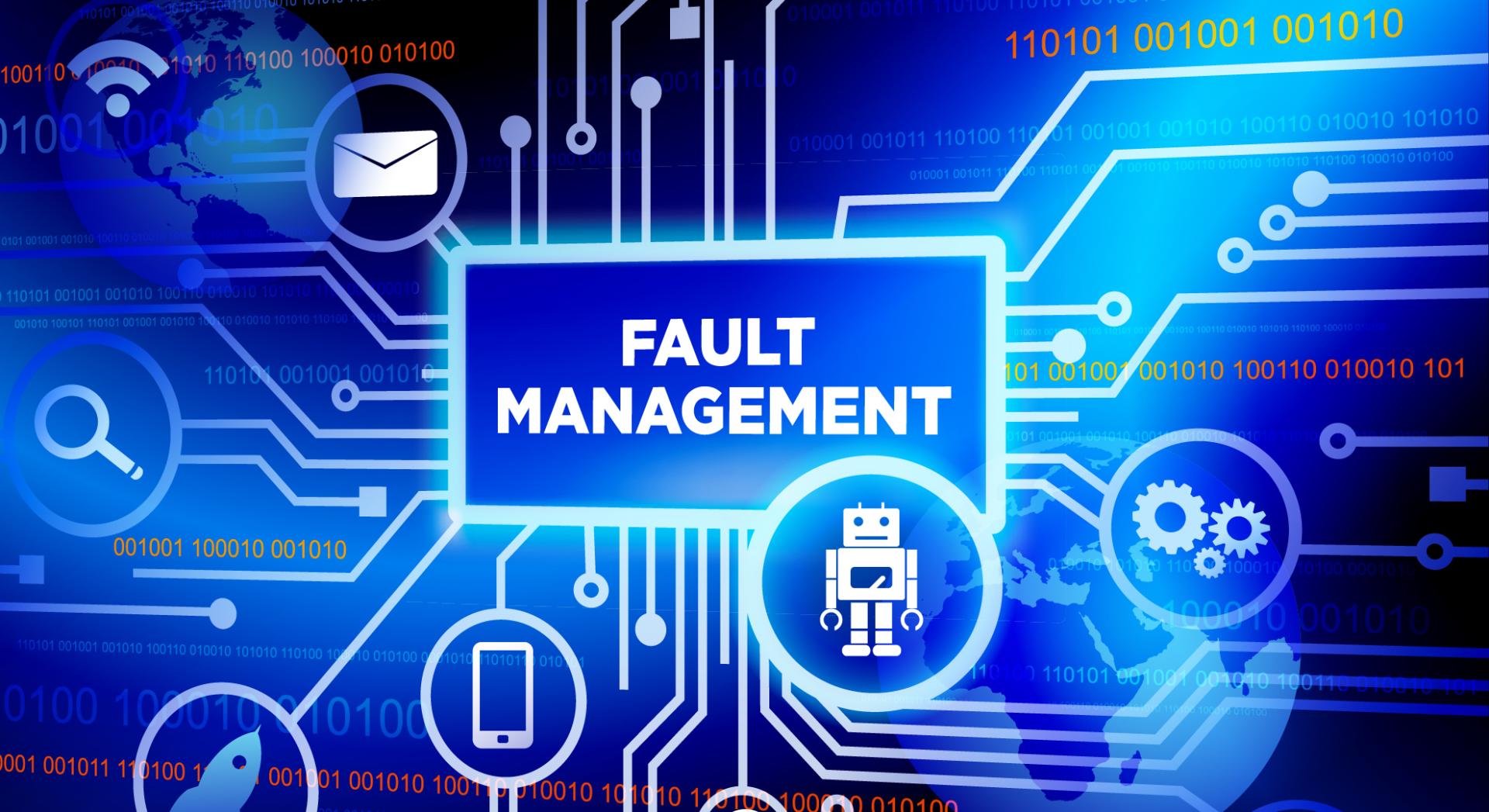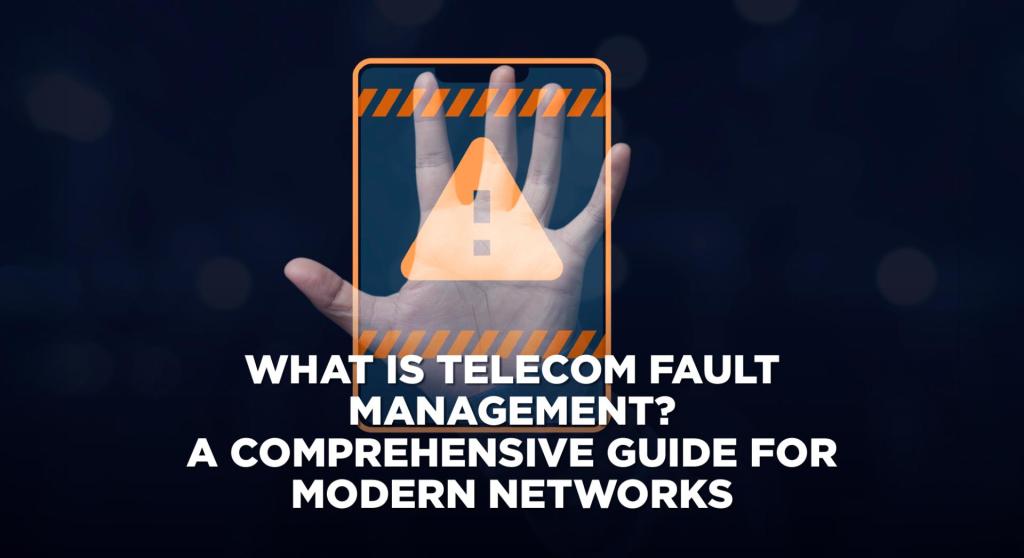Telecommunication networks are the backbone of modern connectivity, enabling seamless communication, data exchange, and digital services—however, their reliability hinges on their ability to function without disruptions. Faults in telecom networks can lead to significant service interruptions, financial losses, and customer dissatisfaction. Telecom fault management plays a crucial role in this context. This comprehensive guide delves into telecom fault management, its critical components, and how it ensures network reliability in today’s fast-evolving telecom landscape.
Understanding Telecom Fault Management
Telecom fault management refers to the processes, systems, and tools used to identify, isolate, and resolve faults within a telecommunications network. These faults can arise from hardware failures, software bugs, environmental factors, or human errors. Fault management ensures that issues are detected promptly, their impact is minimized, and services are restored as quickly as possible.
Why is Fault Management Important?
Minimizing Downtime: Network faults can disrupt critical services, leading to customer dissatisfaction and potential revenue loss.
Enhancing Service Quality: Proactive fault management ensures consistent network performance and reliability.
Regulatory Compliance: Many telecom operators must adhere to strict service level agreements (SLAs), which demand efficient fault resolution.
Cost Efficiency: Identifying and addressing issues early prevents costly escalations and extended downtime.
Key Components of Telecom Fault Management
Effective fault management comprises several interconnected components that work together to maintain network health:
Fault Detection
The process of fault detection marks the initial phase of effective fault management. It encompasses:
Monitoring Tools: Using software to monitor network health continuously.
Alarm Generation: Automated systems trigger alarms when anomalies are detected.
Pattern Recognition: Identifying recurring issues to preempt potential faults.
Fault Isolation
Once a fault is detected, isolating its source is critical. Fault isolation involves:
Root Cause Analysis (RCA): Techniques to pinpoint the underlying cause of the fault.
Segmentation: Narrowing down the affected area within the network.
Diagnostic Tools: Employing specialized tools to analyze fault specifics.
Fault Resolution
Resolving faults can be done manually or through automated processes:
Manual Intervention: Skilled engineers address complex issues requiring human expertise.
Automated Solutions: AI-driven tools that rectify faults without human input.
Service Restoration: Ensuring that affected services are brought back online efficiently.
Monitoring Tools: Using software to monitor network health continuously.
Alarm Generation: Automated systems trigger alarms when anomalies are detected.
Pattern Recognition: Identifying recurring issues to preempt potential faults.
Fault Isolation
Once a fault is detected, isolating its source is critical. Fault isolation involves:
Root Cause Analysis (RCA): Techniques to pinpoint the underlying cause of the fault.
Segmentation: Narrowing down the affected area within the network.
Diagnostic Tools: Employing specialized tools to analyze fault specifics.

Fault Resolution
Resolving faults can be done manually or through automated processes: Manual Intervention: Skilled engineers address complex issues requiring human expertise. Automated Solutions: AI-driven tools that rectify faults without human input. Service Restoration: Ensuring that affected services are brought back online efficiently.Monitoring and Reporting
Continuous monitoring and detailed reporting are essential for long-term fault management:
Real-Time Monitoring: Ensuring faults are detected immediately.
Data Analytics: Analyzing fault trends to improve future responses.
Comprehensive Reporting: Providing insights into fault resolution efficiency and network health.
Types of Faults in Telecom Networks
Telecom network faults can be broadly classified into four categories:.
Hardware Faults
- Failures in physical equipment such as routers, switches, and cables.
- Common causes: wear and tear, power surges, or environmental conditions.
Software Faults
- Issues arising from bugs, misconfigurations, or updates.
- Examples: application crashes, incorrect routing, or corrupted data files.
Environmental Faults
- External factors that impact network infrastructure.
- Examples: natural disasters, extreme weather, or accidental damage to cables.
Human-Induced Faults
- Errors caused by manual interventions or mismanagement.
- Examples: incorrect configurations, accidental deletions, or improper maintenance procedures.
The Role of Modern Fault Management Systems
Modern fault management systems have evolved to address the complexities of today’s telecom networks. These systems leverage cutting-edge technologies to provide efficient and reliable fault management.
Self-healing networks autonomously detect and resolve faults without human intervention.
Reduced response times, ensuring minimal impact on end-users.
Enhanced collaboration between different network management functions.
Best Practices for Telecom Fault Management
To ensure effective fault management, telecom operators should adopt the following best practices:
Proactive Monitoring
Implementing tools that continuously monitor network performance to detect issues before they escalate.
Automation Adoption
Leveraging automated solutions to reduce human error and improve efficiency.
Regular Training
Ensuring that network engineers are well-equipped to handle complex fault scenarios.

System Upgrades
Keeping fault management systems up-to-date with the latest technologies and features.
Challenges in Telecom Fault Management
Despite advancements, fault management in telecom networks faces several challenges:
Complex Network Architectures
Managing multi-vendor and multi-technology environments can be challenging.
Scalability Issues
Ensuring fault management systems can handle the increased load is critical as networks grow.
Resource Constraints
Budgetary and staffing limitations can hinder the implementation of robust fault management solutions.

System Upgrades
Keeping fault management systems up-to-date with the latest technologies and features.
Challenges in Telecom Fault Management
Despite advancements, fault management in telecom networks faces several challenges:
Complex Network Architectures
Managing multi-vendor and multi-technology environments can be challenging.
Scalability Issues
Ensuring fault management systems can handle the increased load is critical as networks grow.
Resource Constraints
Budgetary and staffing limitations can hinder the implementation of robust fault management solutions.
The Future of Telecom Fault Management
The telecom industry is rapidly evolving, and fault management systems are keeping pace with emerging trends and technologies.
Role of AI and Predictive Analytics
- AI-driven fault management systems predict and prevent faults before they occur.
- Enhanced accuracy and speed in fault resolution.
5G and Beyond
- Next-generation networks introduce new challenges and opportunities for fault management.
- Managing ultra-dense networks with low latency requirements.
Self-Healing Networks
- The vision for telecom networks includes autonomous systems capable of identifying and resolving issues without manual intervention.
Conclusion
Telecom fault management is a cornerstone of reliable network operations. Telecom operators can ensure uninterrupted services, satisfied customers, and cost-efficient operations by effectively detecting, isolating, and resolving faults. Modern fault management systems, powered by AI and automation, transform how networks handle issues, paving the way for more intelligent, more resilient networks.
At Innovile, we specialize in advanced fault management solutions that address the challenges of modern technology.
Discover how our cutting-edge tools can enhance your network reliability and performance. Contact us to learn more!.

